Voting papers are made for every general election and care is taken at each step along the way to keep them safe and secure, and your vote secret.
Voting papers are printed
The candidates that will stand in the election are confirmed about a month out from election day. Voting papers are then printed for each electorate listing the candidates and parties people can vote for. Referendum voting papers are printed if a referendum or referendums are being held alongside the election.
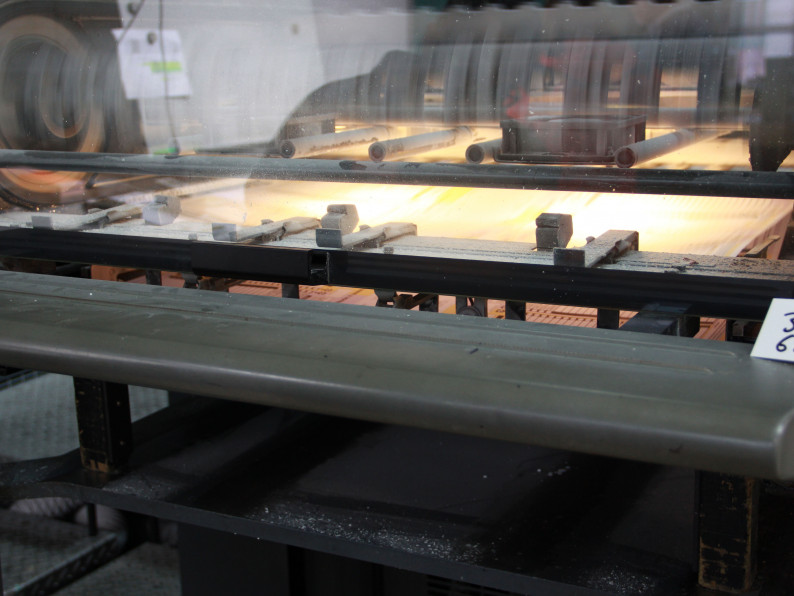
Enough voting papers are printed for everyone who is eligible to vote. The voting papers are numbered so electoral officials can keep track and check that none have gone missing. Voting papers are distributed to voting places and are stored securely when the voting place is closed.
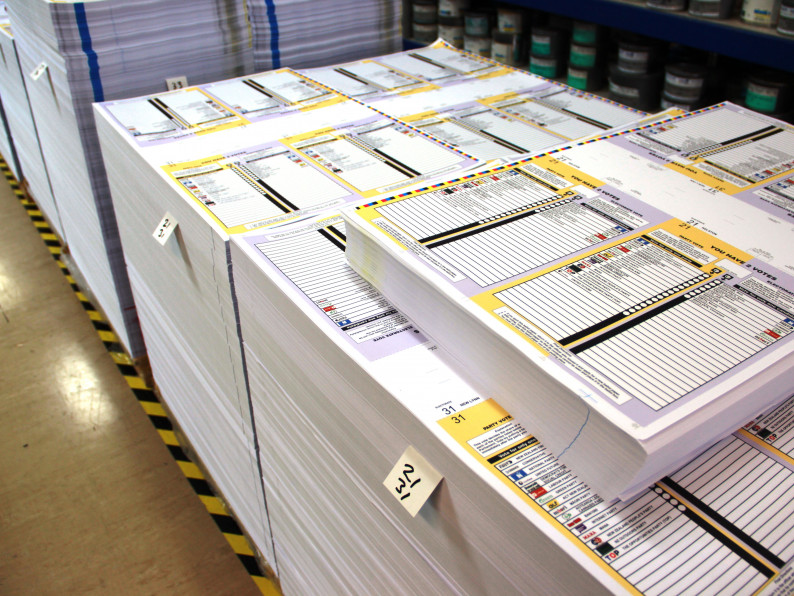
Your voting papers
When you vote, you’re given a voting paper for the electorate you are enrolled in. You may be given special voting papers if you are voting outside your electorate or are not enrolled. If a referendum is being held, you’ll also be given a referendum voting paper.
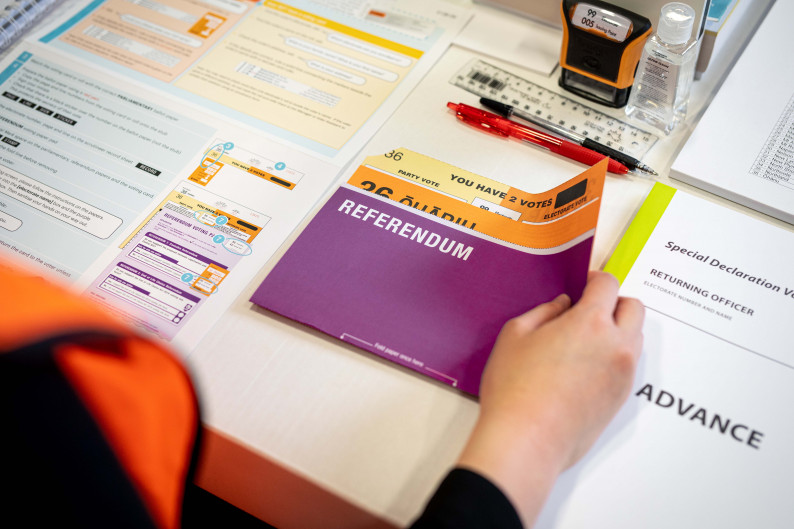
After you’ve filled in your voting paper, you put it in a ballot box. Ballot boxes remained unopened until the count begins.
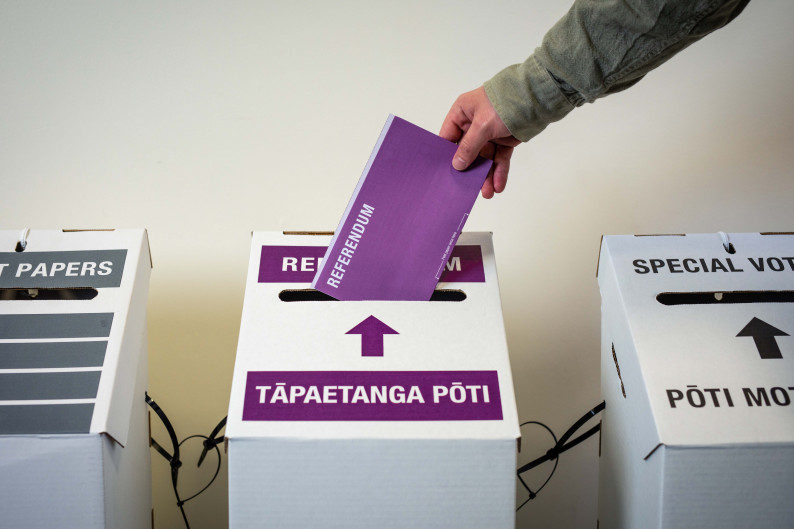
Counting voting papers
Most votes are counted on election day and on election night. After this first count, voting papers are sealed in envelopes and placed in boxes which are closed with a tamper proof seal. The boxes are stored securely.
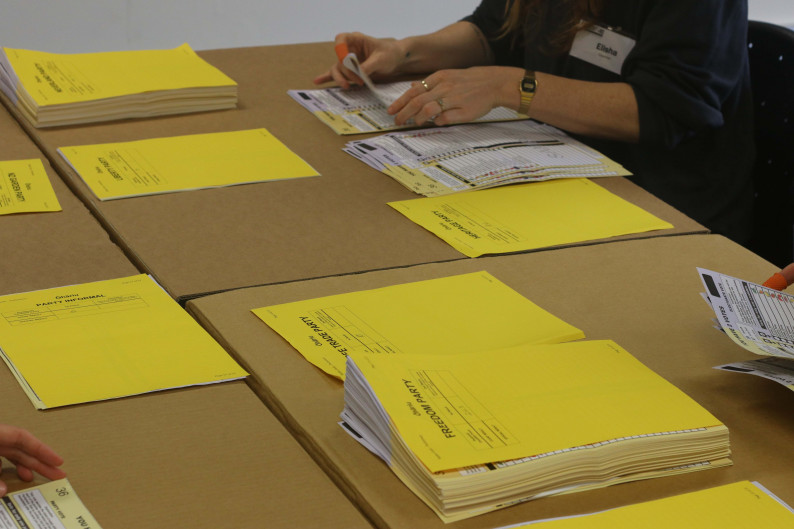
The votes are counted a second time during the official count at electorate headquarters. Special votes are also checked and counted during the official count.
After the official count, the voting papers are sealed in envelopes and put in boxes closed with tamper proof seals.
Find out more about how votes are counted
Storing the voting papers
The Office of the Clerk of the House of Representatives arranges for the boxes to be held in secure storage for six months after the election in case the voting papers are needed for a legal challenge.
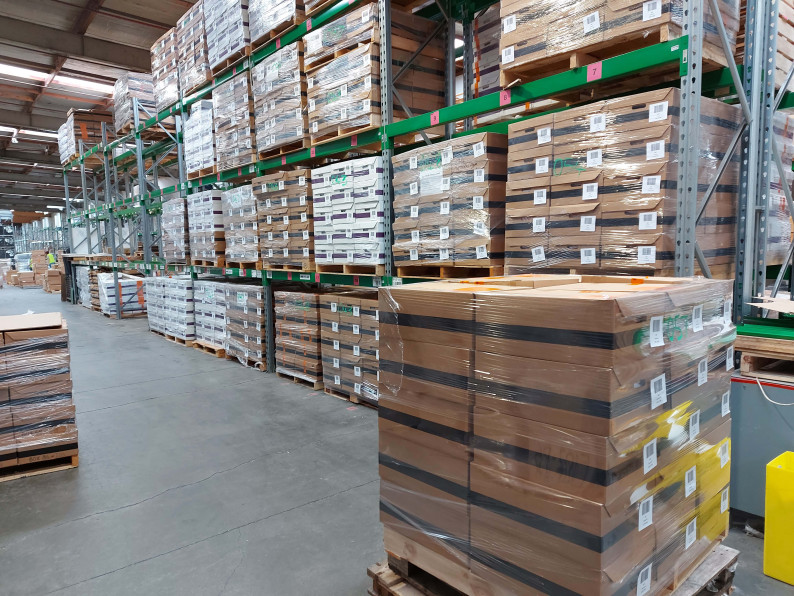
Destroying the voting papers
After six months, they are taken out of storage and destroyed securely, witnessed by representatives of the Office of the Clerk and the Electoral Commission. The boxes and envelopes are emptied onto a conveyer belt and the voting papers are shredded.
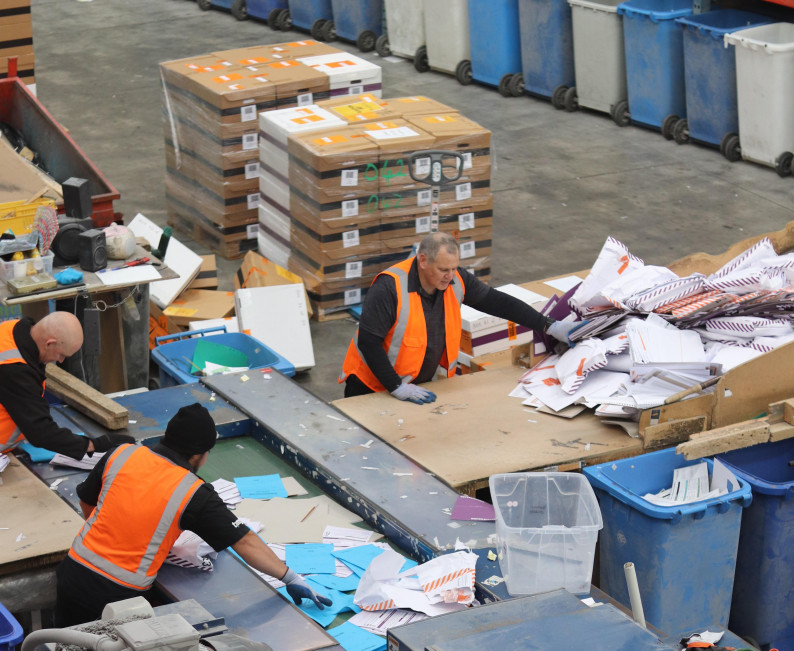
The shredded paper is bundled and wrapped, ready for recycling.

